Description from Amazon
Botanica North America: An Illustrated Guide to Native Plants: Their Botany, Their History, and the Way They Have Shaped Our World Hardcover
Marjorie Harris (Author)
Did you know that the smell of sassafras blowing offshore convinced Columbus he was near land? Or that the American sycamore, which has the largest tree trunk in the eastern forest, can live for 500 to 600 years? Or that in the period before the American Revolution, patriots designated a sycamore tree in each colony as a “Liberty Tree” — a meeting place for plotting against the British?
These facts are just a few of thousands you’ll find inBotanica North America, an encyclopedia of the wonderfully diverse North American native plants by noted Canadian garden writer Marjorie Harris. This charming compendium is filled with more than 420 entries that provide essential information on each plant’s physical attributes, natural history, common uses, and ethnobotany. There are also fascinating, often surprising anecdotes about plants you won’t find anywhere else. From the Eastern forest to the desert, this beautifully written volume roves across the continent exploring how climate and plant life have affected, aided, and inspired us, from the first Native Americans to North Americans living in the twenty-first century: “The lonely majesty of a wind-swept jack pine has inspired generations of poets and painters,” Harris writes. “These trees endure in spite of terrible weather . . . a jack pine forest has a dense, closed canopy with an understory of cherry, blueberry, hazels, bracken, and sweet fern along with trailing arbutus.”
Comprehensive and engaging, Botanica North America is also filled with lush photographs of plants in their natural habitat and insightful quotes from a variety of gardening experts and amateurs, from naturalist Rachel Carson to famed conservationist John Muir.
Here is a reference no gardener or environmentalist should be without.
Harris is currently editor of Gardening Life. Botanica North America, which took five years to write, is certainly her major work.
In separate chapters North America is divided into 10 plant communities: “The Eastern Forests,” “Swamps and Wetlands,” “Florida,” “The Boreal Forest,” “The Prairie,” “The Desert,” “California,” “Montane,” “The Tall Trees,” and “The Tundra.” A map illustrates the areas crossing state and provincial boundaries. The Florida plant community is the southern half of the state, and “Tall Trees” includes part of northern California. Prairie runs from Texas to the southern part of Alberta.
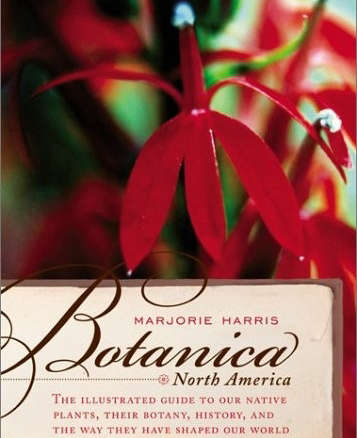



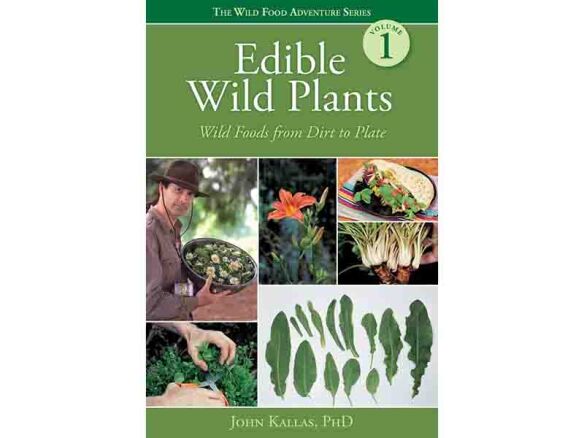
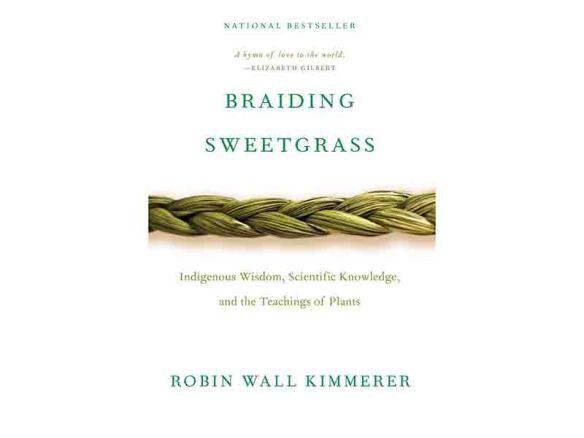
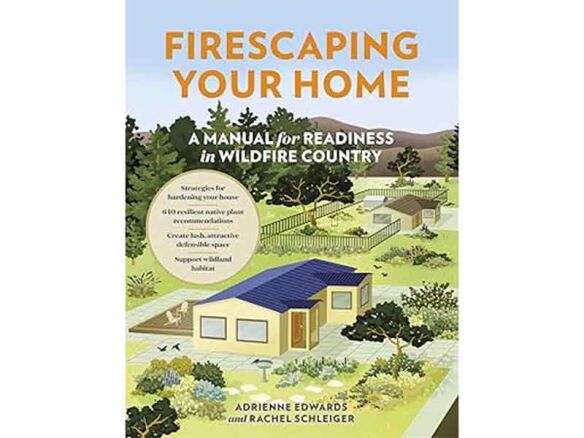


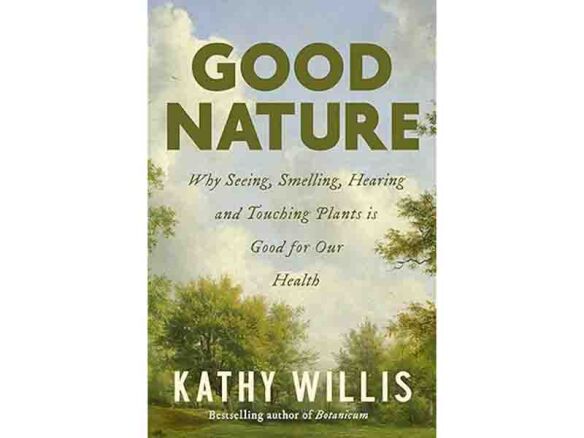







Have a Question or Comment About This Product?
Join the conversation (0)